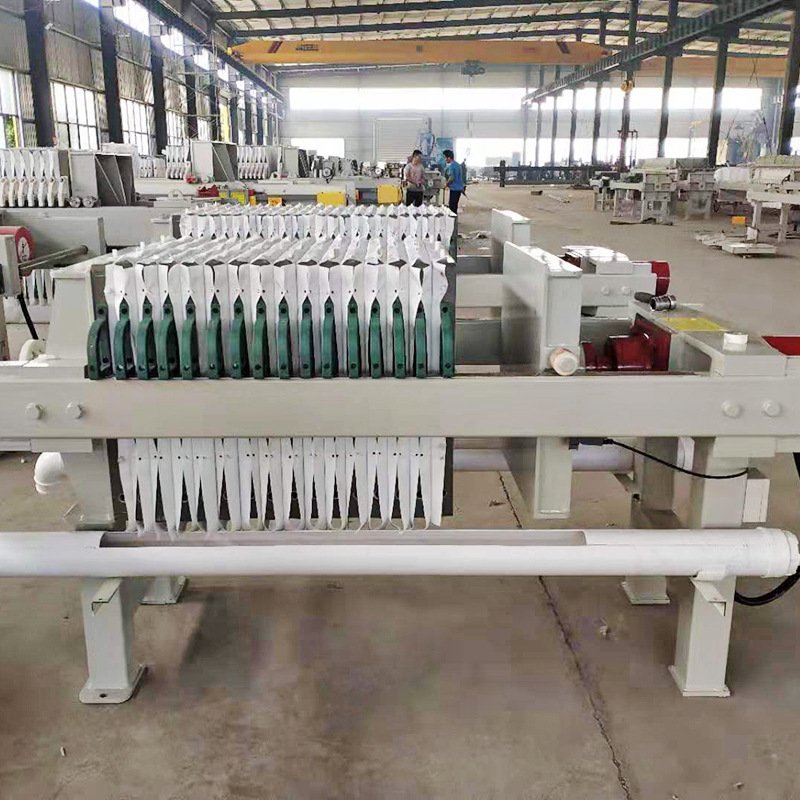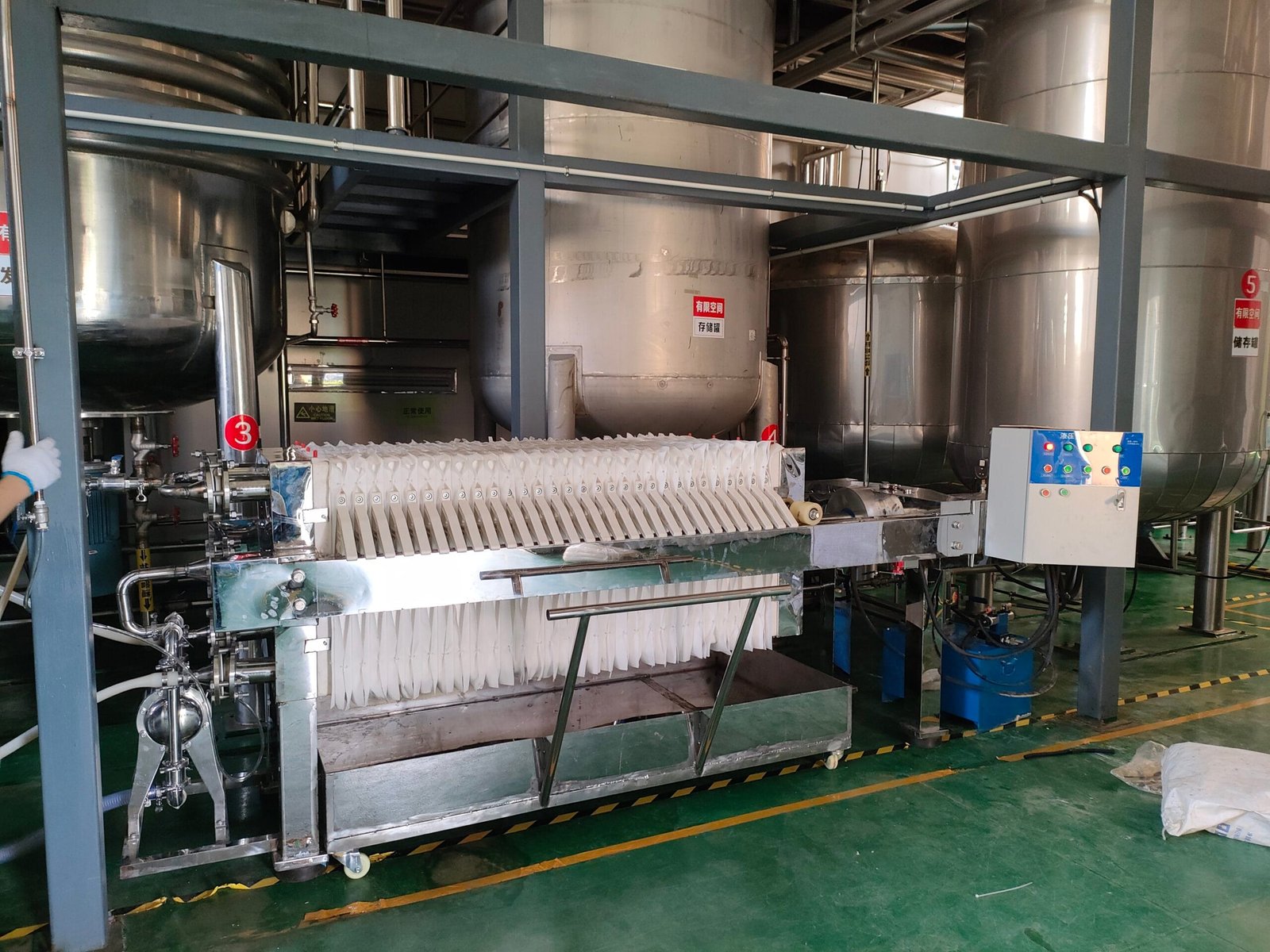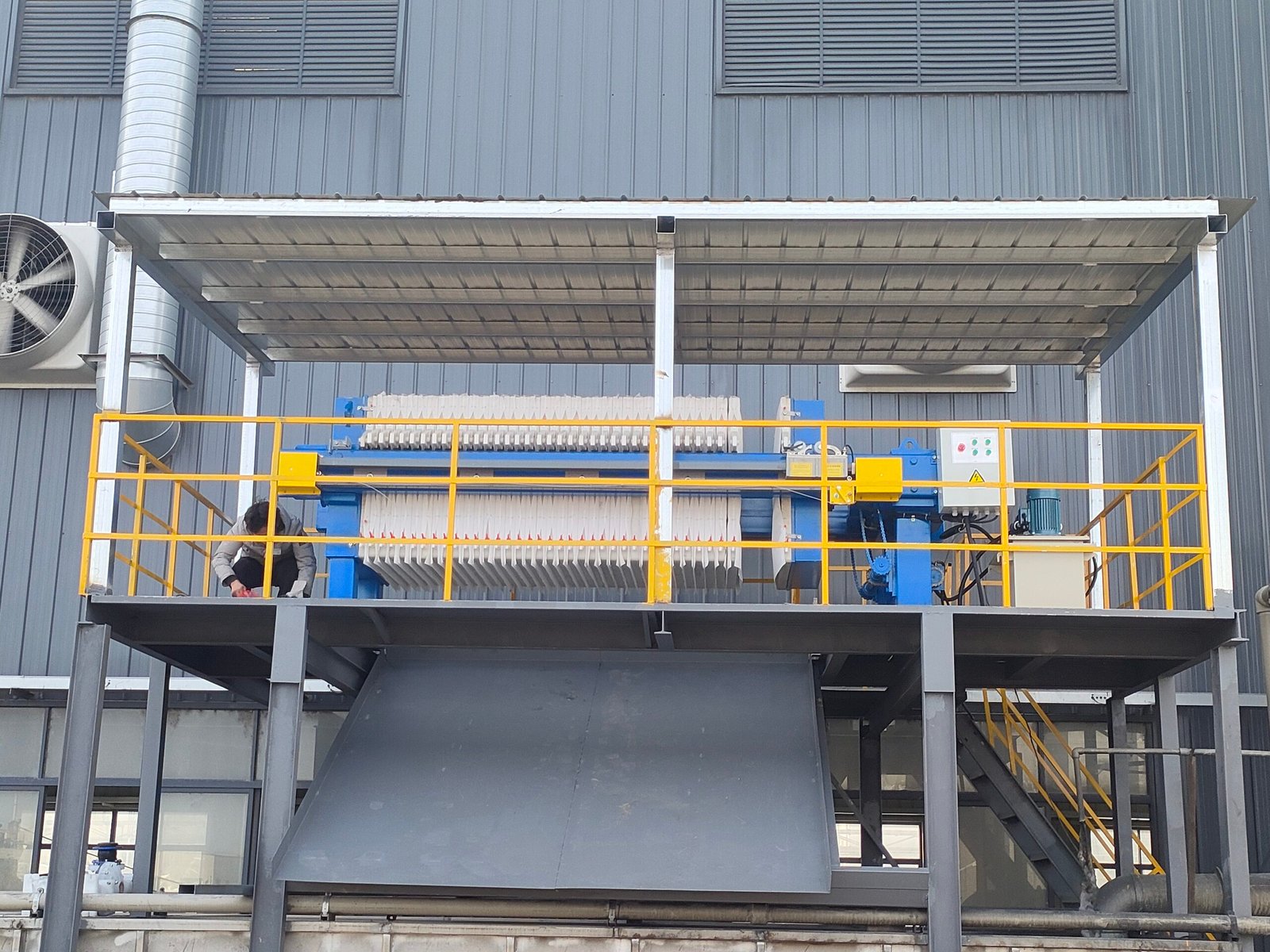Plate & Frame Filter Press
How It Works
Pressurized slurry enters alternating plate-and-frame chambers lined with high-performance filter cloth. Under hydraulic force (6–8 bar), water passes through the cloth and exits via filtrate channels, while solids form a compact cake against the cloth. Once the cycle completes, the press opens automatically, and the cake is discharged for continuous operation.
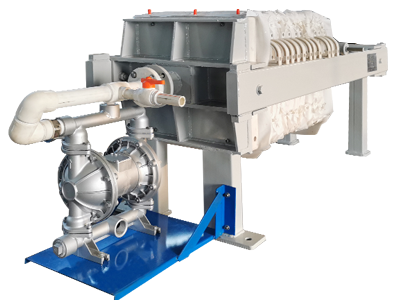
Applications & Benefits
- Chemical sludge dewatering in effluent treatment
- Mining tailings filtration for metal recovery
- Municipal wastewater solid-liquid separation
- Food-grade oil clarification for edible products
- Pharmaceutical active ingredient recovery
- Up to 98% water recovery for reuse
- Robust design with interchangeable plates/frames
- Corrosion-resistant materials for harsh chemicals
- Minimal manual intervention—fully automated cycles
- Customizable plate count & filtration area
Key Components
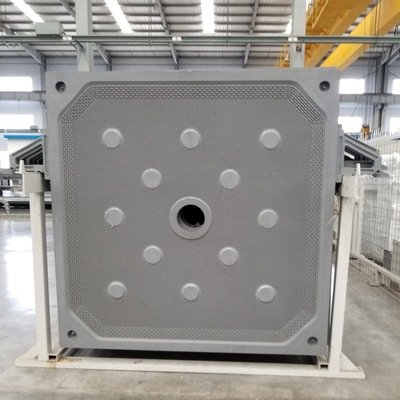
Filter Plates & Frames
Durable polypropylene or stainless steel plates with interchangeable frames for precise flow control and easy maintenance.
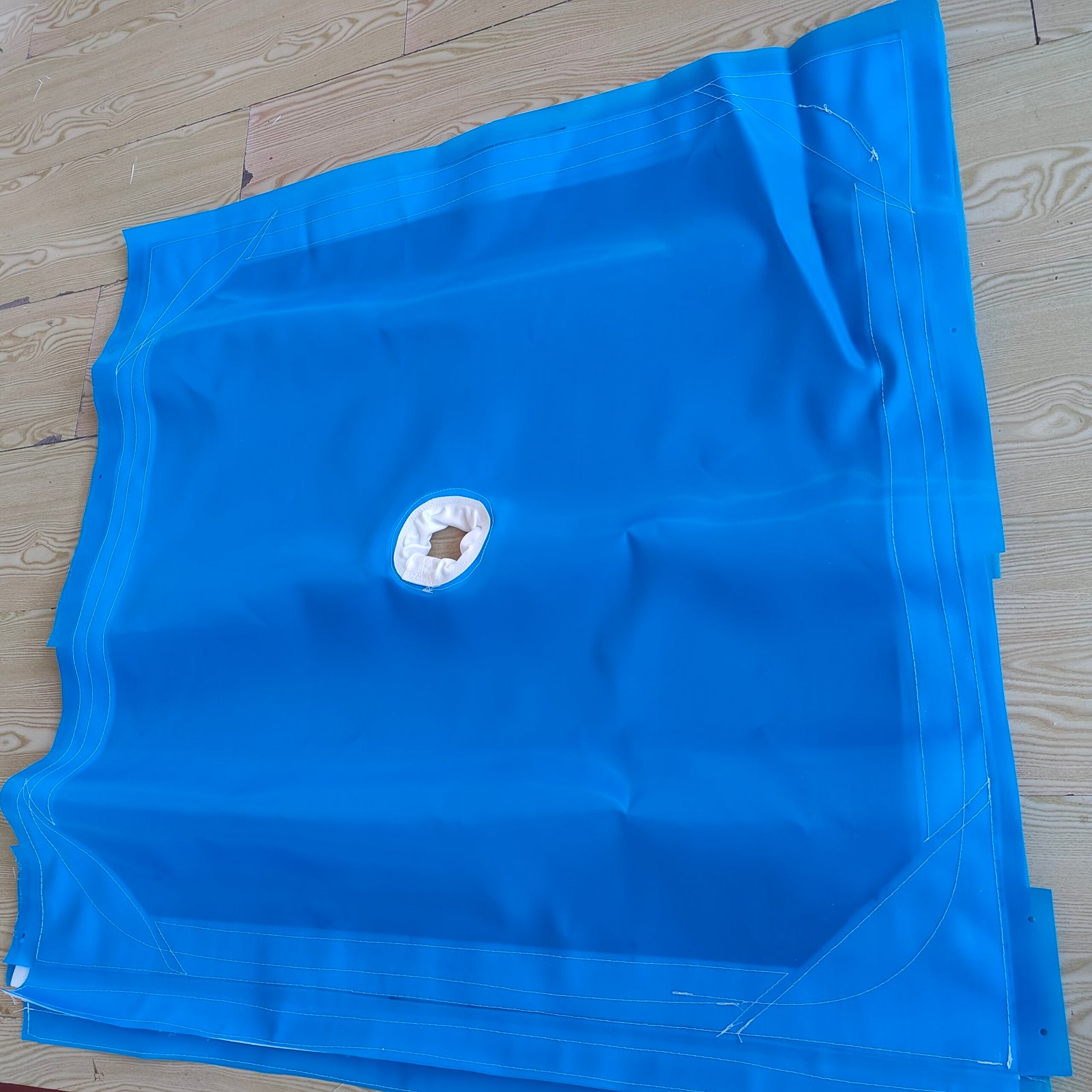
Filter Cloth
Chemical- and heat-resistant fabrics in various weave types, ensuring precise separation and easy cleaning for reuse.
Technical Specifications
Dimensions & Configurations
| Model | Plate Size (mm) | Area (m²) | Max Pressure (MPa) | Plate Count |
|---|---|---|---|---|
| PFFP-20 | 400 × 400 | 0.20 | 0.6 | 20 |
| PFFP-50 | 500 × 500 | 0.50 | 0.6 | 50 |
| PFFP-100 | 600 × 600 | 1.00 | 0.6 | 100 |
Performance Data
| Model | Max Flow (m³/h) | Cake Moisture (%) | Cycle Time (min) | Motor Power (kW) |
|---|---|---|---|---|
| PFFP-20 | 2 | 50 | 5 | 2.2 |
| PFFP-50 | 5 | 48 | 6 | 4.0 |
| PFFP-100 | 10 | 45 | 7 | 7.5 |
Product Gallery
